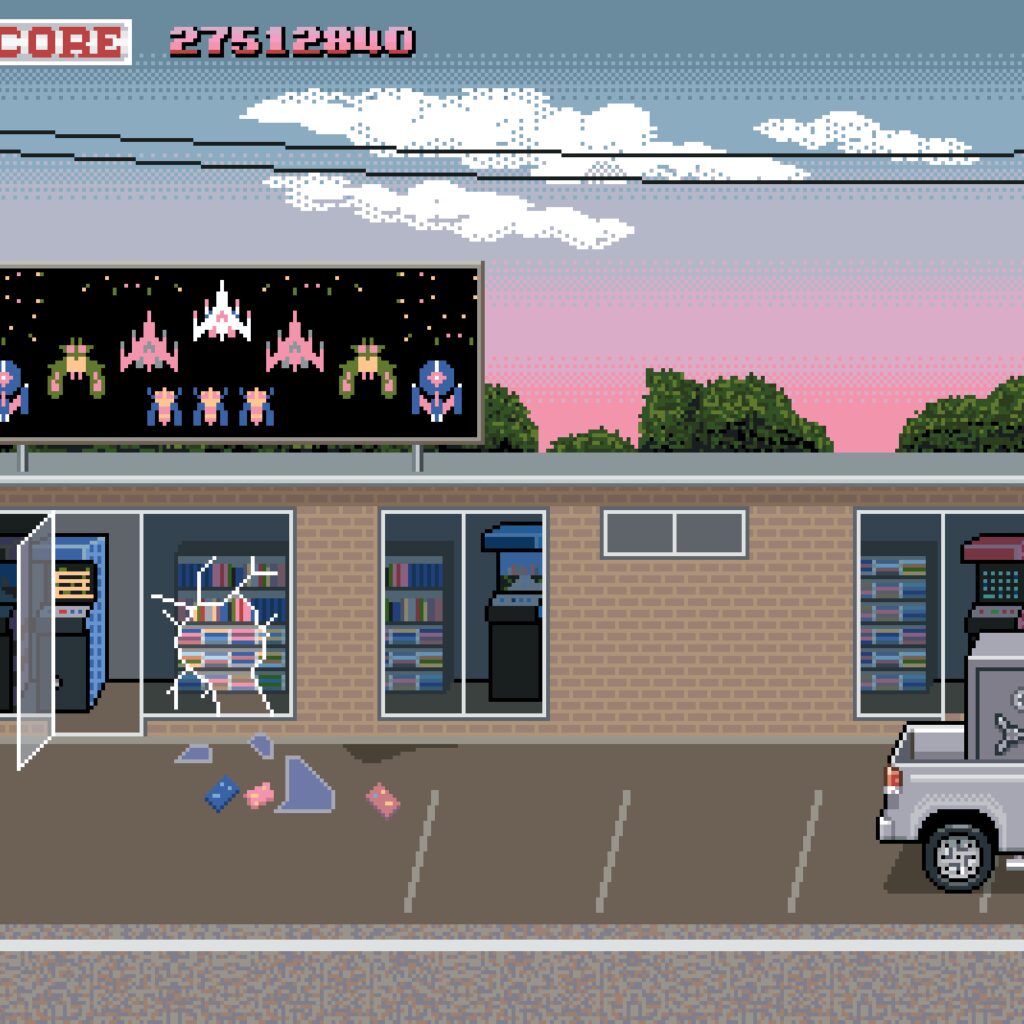Game animation is a vital aspect of the gaming industry, bringing characters, objects, and environments to life in virtual worlds. The animation process involves several stages, including concept art, modeling, rigging, animation, motion capture, and integration. Animators play a crucial role in the process, using tools like Maya, MotionBuilder, Unity, and Unreal Engine to create realistic and believable animations. Challenges like performance optimization, realism, and iteration must be overcome, but the growing popularity of virtual and augmented reality offers exciting opportunities in the field. Despite its complexity, game animation is a fascinating and rewarding career that creates immersive and engaging experiences for players worldwide.
Animating the World of Gaming
Introduction
Game animation is one of the most important aspects of the gaming world. It is the process of bringing characters, objects, and environments to life in a virtual world. Without game animation, video games would not be as immersive or exciting as they are today. But how exactly are games animated and brought to life? In this article, we will take a detailed look behind the scenes of game animation and explore the creative process that goes into making games.
The Game Animation Pipeline
The game animation pipeline is a process that involves multiple stages, each one building on the previous step. The pipeline includes the following stages:
1. Concept Art: Game animation begins with the concept art phase. This is where the creative team comes up with ideas for the characters, environments, and objects that will be in the game. The team will create sketches and drawings to visualize their ideas.
2. Modeling: Once the concept art is complete, the next step is modeling. This involves creating 3D models of the characters and objects that will be in the game using software like Maya, ZBrush, or 3D Studio Max.
3. Rigging: After the models are created, the next step is rigging. This is the process of adding a digital skeleton to the 3D models, which allows them to move and bend realistically.
4. Animation: Once the rigging is complete, the animator can begin animating the characters and objects in the game. This is where the characters and objects are brought to life, and the game begins to take shape.
5. Motion Capture: In some cases, motion capture may be used to capture the movements of real actors or performers. This can be especially useful for creating realistic movements for characters.
6. Integration: Finally, all of the animations are integrated into the game engine, where they can be viewed and played in the game.
The Role of Animators in Game Development
Animators play a key role in the game development process. They are responsible for bringing characters and objects to life, making them move and interact with the game environment. The primary task of the animator is to create animations that are believable, fluid, and convincing. They must have a deep understanding of human movement and anatomy, as well as an eye for detail and good storytelling skills.
The Tools of Game Animation
Game animation requires a variety of tools, software, and hardware. Some of the most commonly used tools for game animation include:
1. Maya: This is a 3D modeling and animation software that is widely used in the game industry. It is used for creating character models, rigging, and animating.
2. MotionBuilder: This software is used for motion capture and allows animators to record and edit motion capture data.
3. Unity: This is game engine software that allows animators to integrate their animations into the game.
4. Unreal Engine: This is another game engine software that can be used for animation, as well as game development.
5. Wacom Tablet: Many animators prefer to use a Wacom tablet to draw and create their animations. The tablet allows for more precise and natural drawing than using a mouse or trackpad.
The Challenges of Game Animation
Game animation is a complex and challenging process that requires a high level of skill and attention to detail. Some of the challenges that animators face include:
1. Performance: Animations must be optimized for performance in the game engine. This means that they must be efficient, low in file size, and run smoothly on a variety of hardware configurations.
2. Realism: Animations must be believable and realistic, especially for characters. This means that animators must have a deep understanding of human anatomy and movement to create accurate movements.
3. Iteration: Because games are interactive, animations may need to be changed or tweaked based on player feedback or changes in the game design. This requires a high degree of flexibility and ability to iterate quickly.
The Future of Game Animation
Game animation is constantly evolving, and the future looks bright for this exciting field. With the increasing popularity of virtual reality and augmented reality, new opportunities for game animation are emerging. Animators will need to adapt to new technologies and new platforms, but the core skills of storytelling, movement, and creativity will always be essential to the world of game animation.
Conclusion
Game animation is a fascinating and complex field that brings characters and environments to life in virtual worlds. From concept art to integration, the game animation pipeline is a process that requires a high degree of skill and attention to detail. But for those who are passionate about animation and storytelling, it is a rewarding and exciting career that allows them to create immersive and engaging experiences for players around the world.
